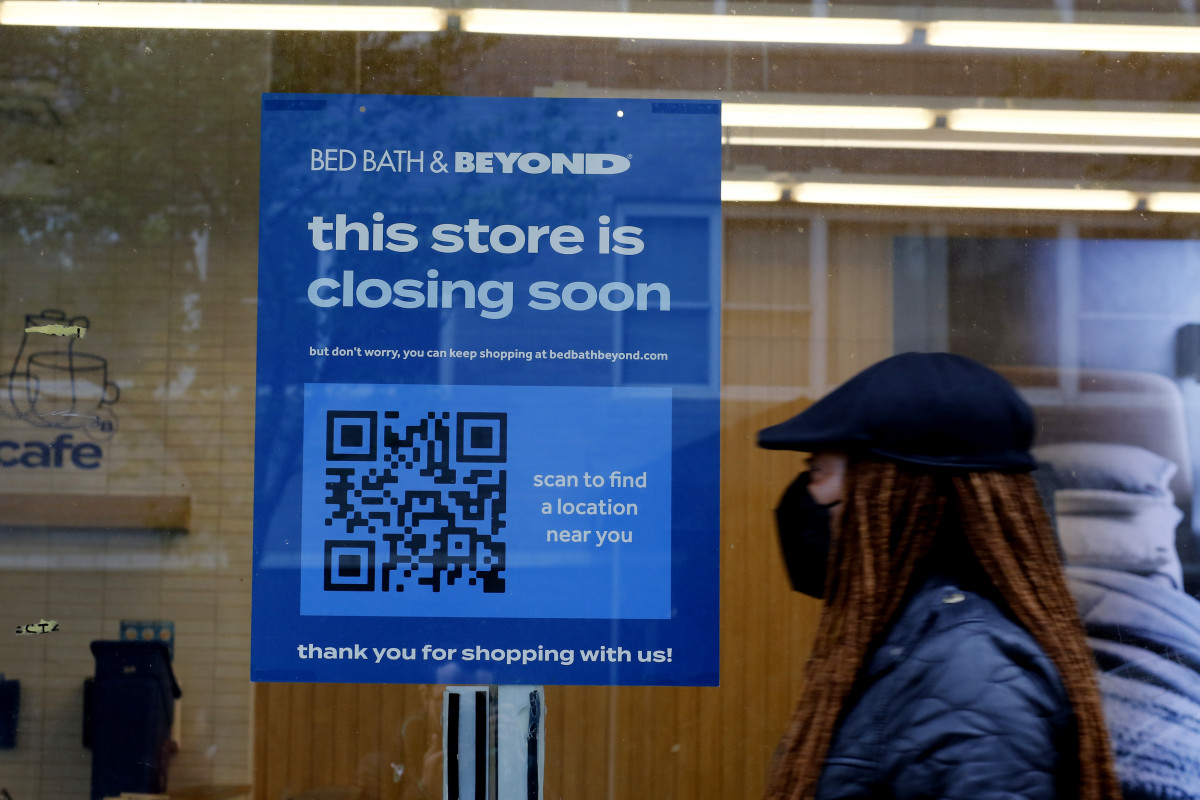
When a business files Chapter 11 bankruptcy, that doesn’t mean it has declared itself kaput — far from it.
Filing Chapter 11 is like sending out a SOS signal: It allows the business to keep operating while attempting to restructure operations and pay down its debts (unlike a Chapter 7 bankruptcy filing, which closes the company and liquidates its assets). The recovery rate of a business filing Chapter 11 is said to be anywhere between 10% and 40%.
But no two Chapter 11 bankruptcies are alike. You might be surprised to hear that some of the world’s largest companies — such as American Airlines, Marvel Entertainment, and General Motors — have filed Chapter 11 at one point, but through mergers, new revenue streams, or simply by operating smarter, all managed to crawl back to profitability.
Other big names weren’t as fortunate: Funeral rites were observed for Lehman Brothers and WorldCom, for example, because they had been operating fraudulently — even though some argued, in the case of Lehman, that they were “too big to fail.”
Related: Boeing's turbulent descent: The company’s scandals & mishaps explained
How many businesses have filed Chapter 11 since the COVID-19 pandemic?
The COVID-19 pandemic, caused by the SARS-CoV-2 virus, not only made millions of people very sick; it also had a profound impact on the way we live, work, and shop. At the onset of 2020's stay-at-home-orders, hundreds of restaurants shuttered, including household names like Ruby Tuesday, California Pizza Kitchen, and Sizzler.
According to U.S. Federal Courts, business Chapter 11 filings spiked in 2020 while Chapter 7 filings actually decreased. But as vaccines were developed and people returned to work and school, they also resumed their former shopping habits — in fact, mall traffic in 2023 was down only 5.8% compared to 2019, which is much better than it was in 2021, when it was off 15%.
Yet more turbulence was felt in the years following the pandemic, as government stimulus from the CARES Act, which had helped many businesses make payroll and meet other operating expenses, expired in 2021.
Bankruptcy filings by chapter 2019–2023
| Year | Chapter 7 | Chapter 11 |
|---|---|---|
2023 |
261,277 |
7,456 |
2022 |
225,455 |
4,918 |
2021 |
288,327 |
4,836 |
2019 |
480,201 |
7,020 |
Through such choppy waters, we examine a few of the biggest-name retailers that went belly up — and which ones have risen from the ashes under new management.
5 big-name Chapter 11 bankruptcies in retail
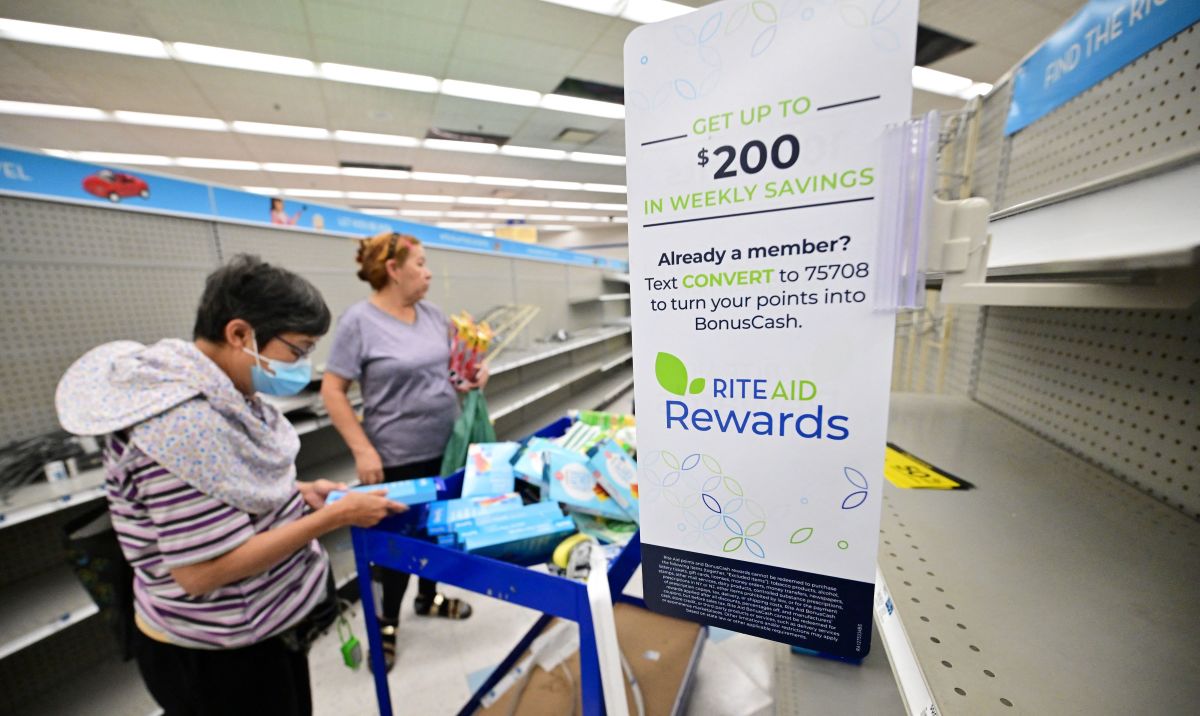
FREDERIC J. BROWN/AFP via Getty Images
Rite Aid
It was the country’s third-largest drugstore chain — only Walgreens and CVS were bigger — but thanks to sluggish sales, mounting debt, and federal investigations into whether it illegally filled prescriptions during the opioid crisis, Rite Aid filed Chapter 11 in October 2023.
Earlier in the year, the chain had reported a $241 million quarterly loss due in part to a reduction in revenue from COVID-19 vaccines and rapid tests. Rite Aid simply couldn’t keep up with the convenience of shopping at the pharmacies at big-box stores like Walmart, Target, and Costco.
As part of its Chapter 11 agreement, the company secured $3.5 billion in financing and appointed a new chief executive, Jeff Stein, to lead its corporate reorganization. Rite Aid also planned to close 200 stores in 2024 but not before transferring customer prescriptions to nearby pharmacies. In addition, it gave its 45,000 employees the option to transfer to other stores “when possible.”
Related: How much does Walgreens pay? Entry-level positions, benefits & more

Bed Bath & Beyond
Many people thought Bed Bath & Beyond’s days were numbered when it filed Chapter 11 in April 2023 — after all, it closed all 376 stores across the U.S., and its stock was terminated from the over-the-counter trading market. This came after reporting a quarterly loss of $393 million and on the heels of several years of declining sales, competition from online home goods retailers like Wayfair, and a snarled COVID-19-related supply chain.
Plus, who could forget BBBY’s meme stock trading frenzy in January 2021, when Reddit contributors drove up prices 99%, only to come crashing back down? When the dust settled, Overstock bought the business for a blue-light special of $21.5 million in June 2023, then took its name and merged businesses.
Bed, Bath & Beyond now sells kitchen, bath, and furniture completely online and has added more than 600,000 new products to its inventory.
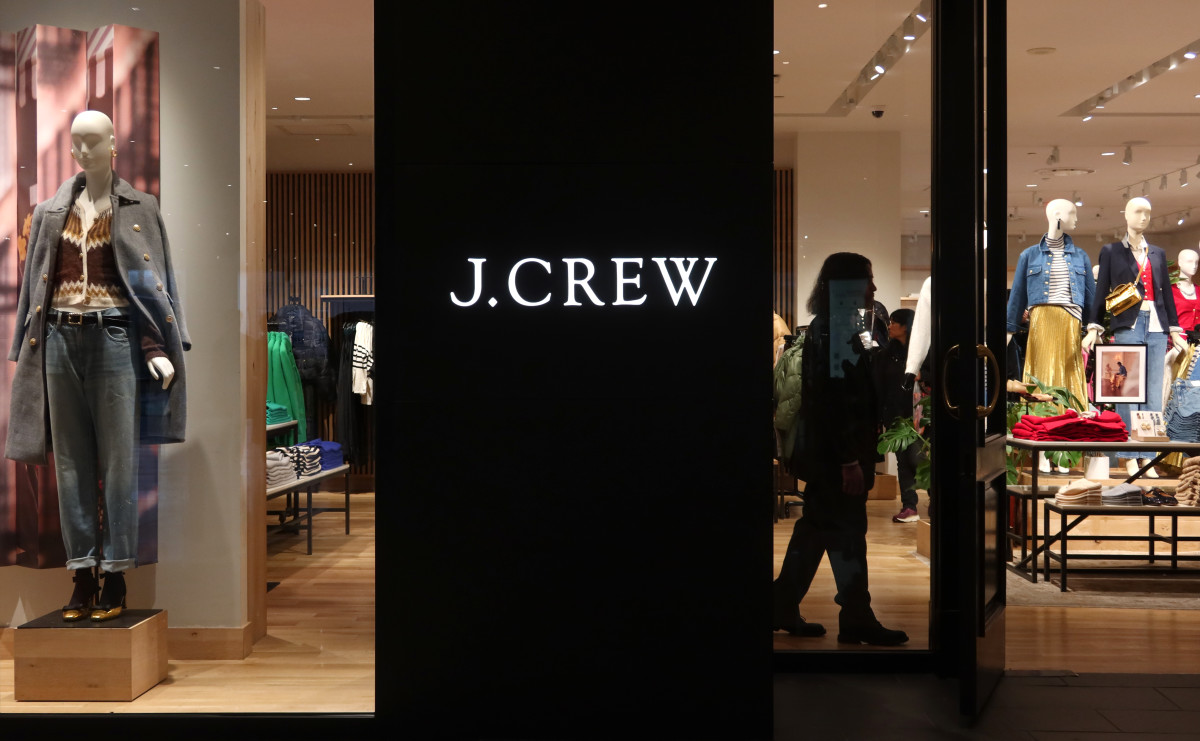
J. Crew
The first big retailer to capsize during the pandemic, J. Crew filed Chapter 11 in May 2020. But it wasn’t only the fact that retail sales in general withered at the start of COVID-19 — the Commerce Department reported a 50% decline in sales in March 2020 alone — J. Crew had also been saddled with $1.7 billion (that’s with a b) in long-term debt, which weighed heavily on its balance sheet even while its operations were profitable.
The upscale lifestyle apparel seller received a $400 million line of credit from hedge fund Anchorage Capital Management, which became majority owner and, combined with additional loans from Davidson Kempner Capital Management LP and Bank of America, managed to convert its debt into equity, exiting bankruptcy proceedings that August.
But J. Crew is not out of the woods. Ever since creative director Jenna Lyons left in 2017, it has yet to come out with a line of clothing consumers want to pay full price for, and Standard & Poor’s downgrade of parent company Chinos Intermediate 2 LLC from “stable” to “negative” in the third quarter of 2023 raised alarm bells.
However, the preppy chain posted a 9% sales increase for its fiscal year ending February 1, 2024, due in part to holiday sales, which slashed apparel prices by as much as 75%. Paradoxically, J. Crew just might now be one of the best stores to shop at for discounts.
Related: A pre-IPO History of Reddit: From “front page of the internet” to billion-dollar valuation
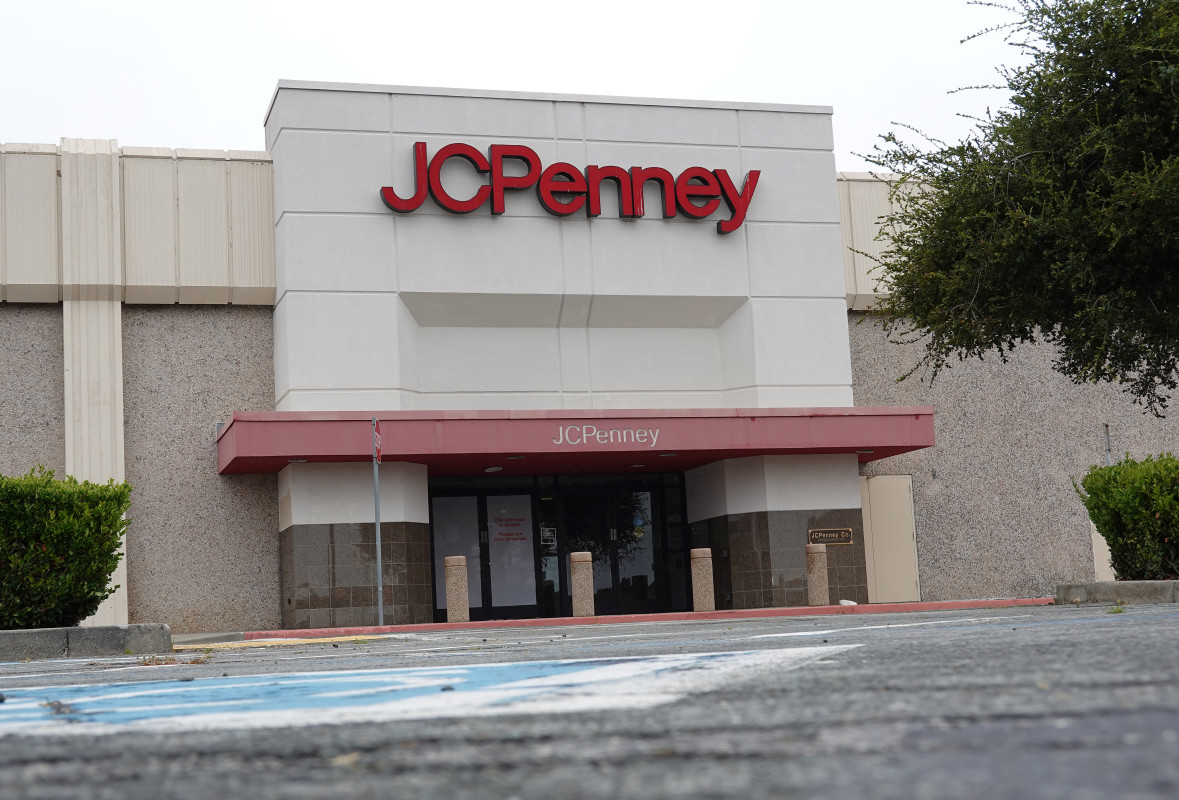
Justin Sullivan/Getty Images
JCPenney
You’d think a company that survived two World Wars and made a cameo in "Back to the Future" could stand the test of time — and it just well might. Founded in 1902 by James Cash Penney as a dry goods store in Kemmerer, Wyoming, the chain expanded throughout the American West before introducing clothing to its lineup in the 1960s.
Wisely venturing into the pharmacy business, launching a mail order catalog, and offering customers the option to make their purchases through credit paid off in spades, Penney’s peaked in the 1970s with more than 2,000 stores worldwide. But after decades of declining sales, accumulating a boatload of debt during the 2007-2008 financial crisis, and losing customers in droves to Target and Walmart (a familiar refrain), the COVID-19-related closure of Penney’s 800 remaining stores in early 2020 seemed like the final nail in the aging retailer's coffin.
JCPenney filed Chapter 11 that May, only to emerge, phoenix-like, eight months later. The brand permanently closed 200 stores, restructured its $4 billion debt, and took on two new owners — they just happened to be the country’s largest shopping mall owners, Simon Properties and Brookfield Asset Management, thus ensconcing Penney’s place as a retail “anchor.”
In 2021, Mark Rosen, formerly of Levi Strauss & Co., became CEO, and in 2023, he announced $1 billion worth of upgrades to the JCPenney website and app, as well as renovations of its brick-and-mortar stores. Here’s the cincher: Doing so wouldn’t require taking on any more debt. “We’re in a really strong financial position right now,” Rosen said.
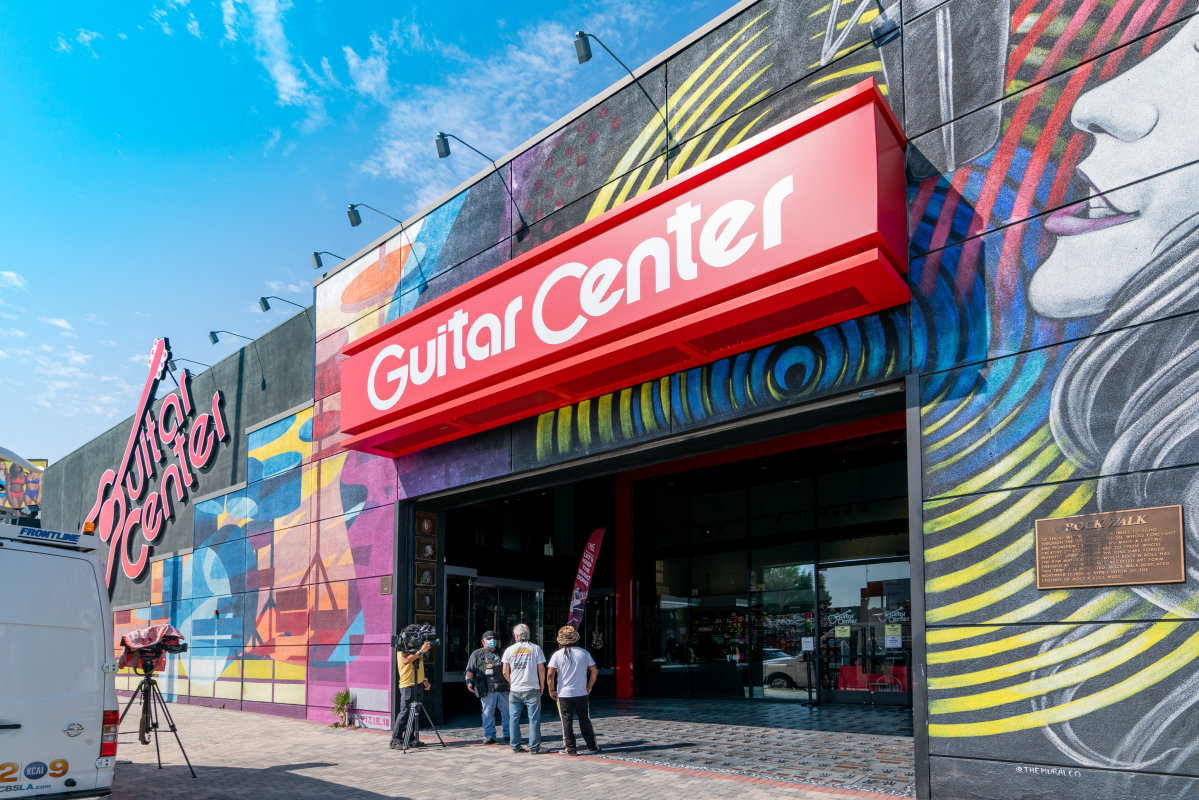
AaronP/Bauer-Griffin/GC Images
Guitar Center
It’s hard to believe this mecca for rock n’ roll musicians was originally called Organ Center and sold church organs and small appliances. That all changed in 1964, shortly after The Beatles came to America, when one of owner Wayne Mitchell's vendors told him that he needed to buy Vox amplifiers in order to continue purchasing organs.
Mitchell figured that if he was selling amps, why not stock a few guitars, too? They quickly sold out; Mitchell changed his store’s name, and the rest was history. Riding the hair metal craze of the 1980s that glorified guitar virtuosos like Eddie Van Halen, Guitar Center expanded into 30 locations by the 1990s. It also diversified its portfolio with acquisitions of Musician’s Friend, a mail-order musical instrument company; Music & Arts, which provided in-store music lessons; and in the early 2000s, partnered with Activision, the video gaming giant, on its smash hit “Guitar Hero.”
But the good times and rock & roll didn’t last forever. Over the next decade, Guitar Center underwent a series of leveraged buyouts from private equity firms, each time saddling it with more debt. It tried cutting costs by stocking fewer name brands and laying off staff — many of whom had decades of experience that justified their salaries.
Customers noticed the changes and simply stopped coming, shopping online instead. But right before the pandemic, Guitar Center staged a comeback, posting 10 straight months of sales growth, but while new audiences were found for guitars and online lessons during the COVID-19 lockdown, Guitar Center faced the double whammy of seeing $1 billion in debt come due and the closure of its brick-and-mortar stores.
It entered Chapter 11 in November 2020, although its management team already had a strategy in place. It invested $165 million in the company while eliminating most of its debt. Guitar Center also issued $375 million in senior secured bonds and exited Chapter 11 that December.
Related: Is shrinkflation a big deal? Definition, examples & impact on headline inflation







